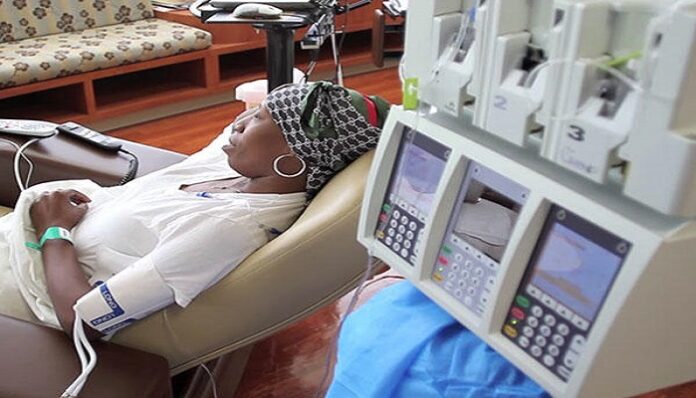Recent study conducted among 12,148 cancer patients seeking treatment at top medical institutions in India, including AIIMS Delhi, PGI Chandigarh, and Tata Memorial Centre Mumbai, has revealed that cancer patients spend an average of around Rs 3.3 lakh annually out-of-pocket on their treatment, regardless of their insurance coverage status. The study, published in the journal ‘Frontiers in Public Health (FPH)’, indicates that an average cancer patient spends Rs 8,053 per outpatient consultation out-of-pocket, while the mean direct out-of-pocket expenditure per episode of hospitalization is estimated at Rs 39,085.
The study suggests that outpatient treatment is more likely to result in catastrophic health expenditure (CHE) and impoverishment, with 80% and 67% respectively, compared to hospitalization (30% and 17% respectively). Approximately 60% of patients seeking outpatient treatment and 62.8% of hospitalized patients were found to have some form of health insurance coverage, according to the multicenter study.
Outpatient treatment includes chemotherapy, routine monitoring diagnostics, and supportive care. The researchers emphasize that most publicly financed health insurance schemes only cover inpatient care, leaving outpatient care expenses uncovered. Even for the inpatient care that is covered, financial protection begins after the diagnosis is established, leaving patients to bear the out-of-pocket costs for initial diagnostics and staging in probable cancer cases.
The study suggests that the health benefits package of Ayushman Bharat PM-JAY, a government healthcare scheme, should prioritize expanding cancer packages to include cost-effective treatments delivered in outpatient care. Furthermore, the researchers recommend the use of digital payment systems to finance the cost of diagnostic services for staging cancer patients before treatment begins.
According to the study, diagnostic tests account for 36% of all out-of-pocket expenditures for outpatient treatment, while the purchase of medicines constitutes a maximum of 45% of out-of-pocket expenses during hospitalization.
























